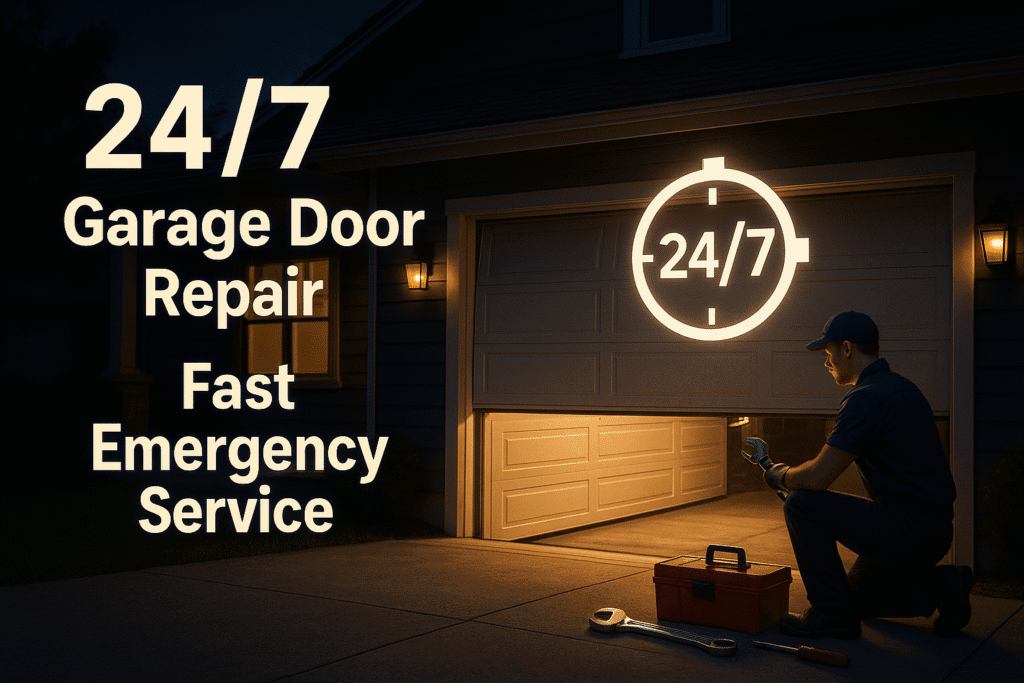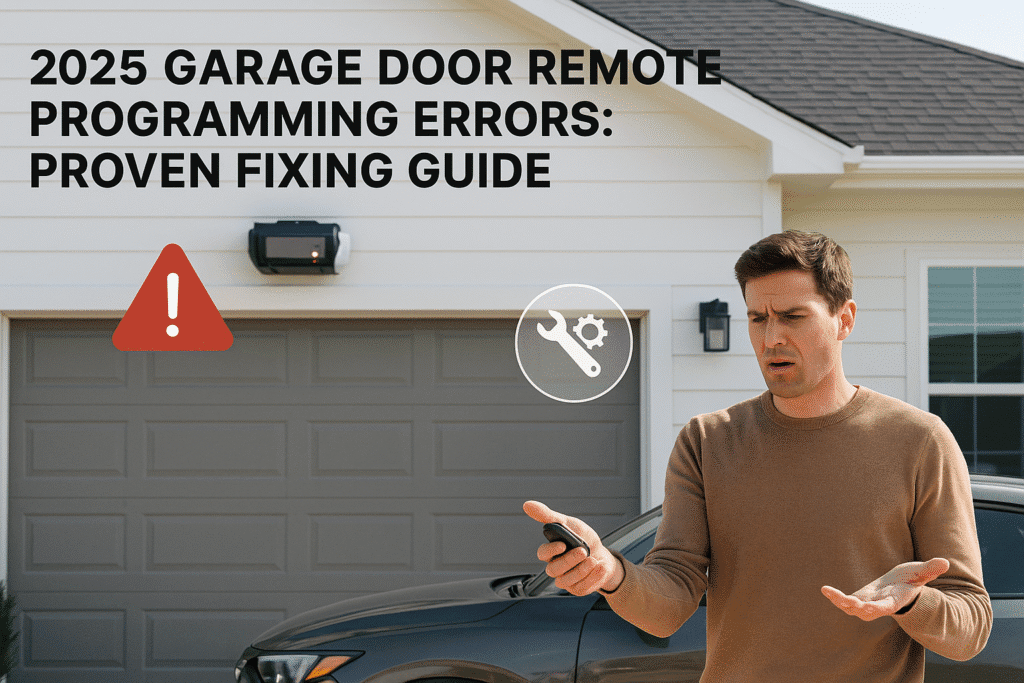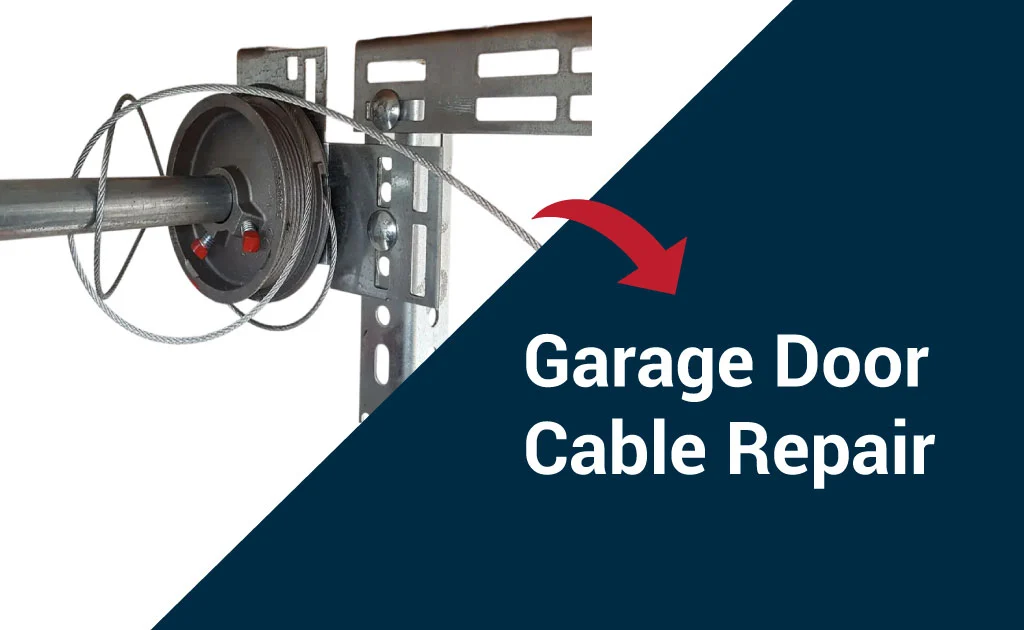10 Essential Tips for Proper Garage Door Opener Installation
Installing a garage door opener may seem straightforward, but getting the details right ensures both safety and long-term performance. From aligning rails to testing sensors, every step plays a crucial role in the system’s reliability. Here are some expert tips to guide you through the process.
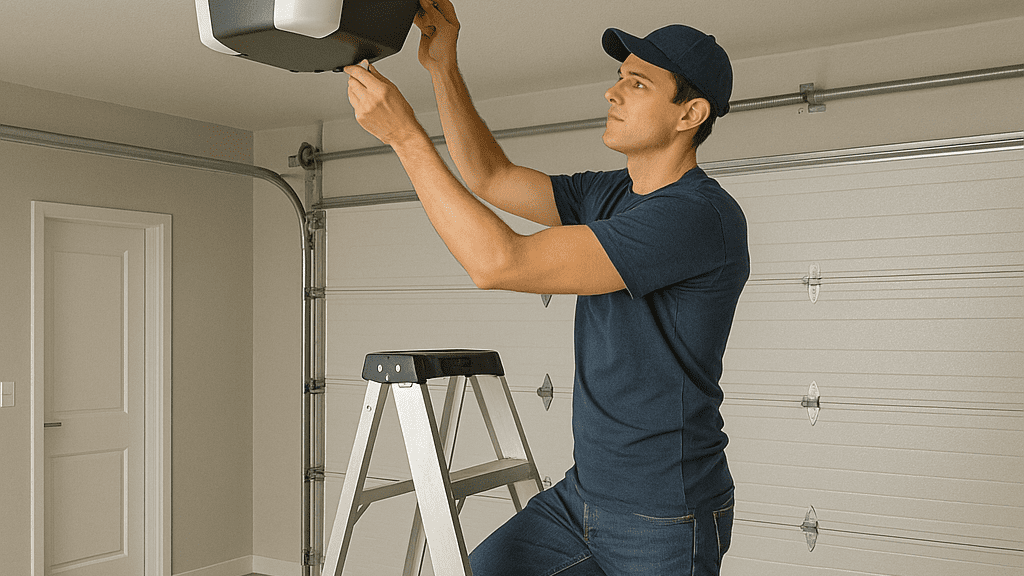
A level ensures the opener rail aligns correctly.
Before tightening any bolts, use a carpenter’s level to make sure the opener rail is straight. A misaligned rail can cause strain on the motor, noisy operation, or premature wear of moving parts. Proper alignment helps the door glide smoothly along its track.
Inspect existing wiring for wear or damage.
Before connecting your new opener, check the garage’s electrical wiring. Look for frays, cracks, or exposed sections that may create safety hazards. Damaged wiring should be repaired or replaced to prevent electrical issues or fire risks.
Confirm the garage door clears the opener rail.
Manually open and close the garage door to ensure it doesn’t rub against the opener rail. This step prevents unnecessary friction and ensures the motor doesn’t struggle to lift the door. Clearance is especially important for taller or custom-sized doors.
Connect the straight arm to the opener trolley.
The straight arm provides the direct link between the garage door and the opener’s trolley system. Make sure it is securely fastened, as loose connections may cause jerky operation or prevent the door from opening completely.
Check the outlet voltage matches the opener’s requirements.
Garage door openers typically require a dedicated power supply. Verify that the outlet provides the correct voltage—commonly 120 volts in most households—before plugging in the unit. Using the wrong voltage can damage the motor and void the warranty.
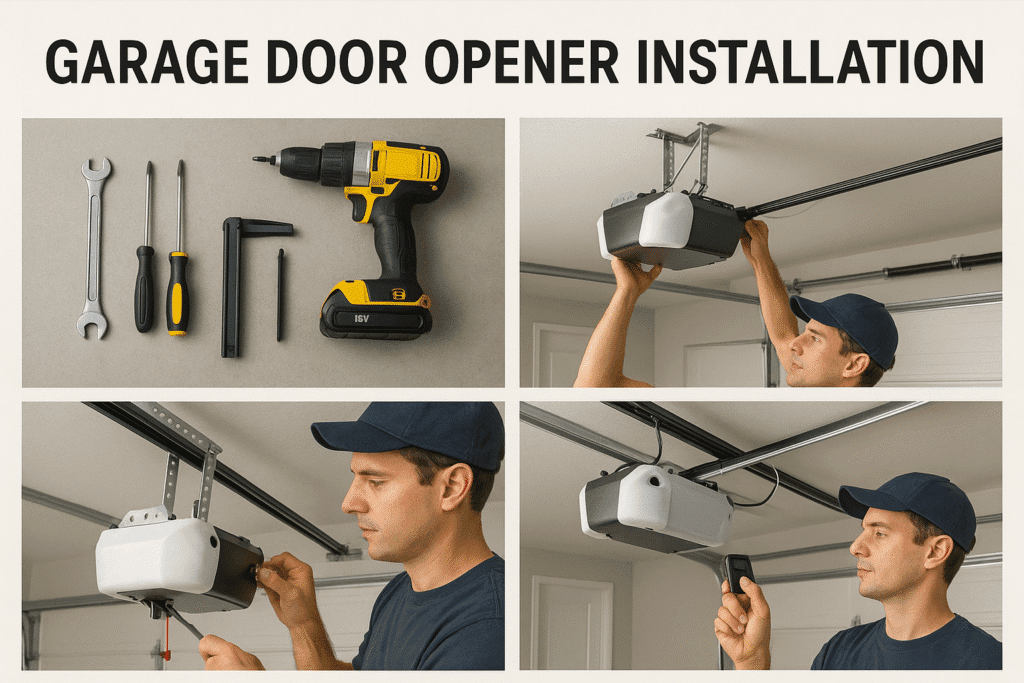
Test the remote after programming by opening the door.
Once programmed, test the remote to confirm it opens and closes the door without delay. This ensures the signal is working properly and that the opener responds as expected. If there’s lag or failure, recheck the programming steps.
Choose a weather-protected area for outdoor installation.
If any part of your opener system, such as external keypads, is mounted outdoors, place it in a sheltered spot. Exposure to rain, snow, or direct sunlight can shorten its lifespan and reduce reliability.
Verify sensors stop the door when obstructed.
Safety sensors are a must for modern garage door openers. Place an object in the path of the closing door to confirm the sensors detect it and reverse the motion. This prevents accidents and protects children, pets, and property.
Use heavy-duty brackets for long-term stability.
Standard brackets may not provide enough strength, especially for heavy garage doors. Upgrading to reinforced or heavy-duty brackets ensures the opener remains securely in place over time, even under frequent use.
Get same-day service for quick garage upgrades.
If installation feels overwhelming or you encounter complications, professional help is available. Many garage service companies offer same-day installation or repair, ensuring your door is safe, functional, and ready to use without delay.
FAQs
1. How long does it take to install a garage door opener?
On average, DIY installation takes about 4–6 hours. Professional installation is typically completed in 2–3 hours.
2. Do I need special tools for garage door opener installation?
Yes, basic tools like a drill, screwdriver, level, and adjustable wrench are required. For added stability, some jobs may also require heavy-duty brackets or a stud finder.
3. Why is my garage door not closing all the way after installation?
This usually points to an issue with the safety sensors or misaligned rails. Check that the sensors are clear of obstruction and properly aligned.
4. Can I install a garage door opener on any type of door?
Most openers work with sectional garage doors. However, swing-out or one-piece tilt-up doors may require special hardware or professional adjustment.
5. How often should I test the garage door safety sensors?
It’s recommended to test them at least once a month to ensure the door reverses when something is in its path.
6. Is professional installation worth it?
Yes, especially if you want same-day service, guaranteed safety compliance, and peace of mind. Professionals also ensure the opener is aligned correctly and works without strain.

